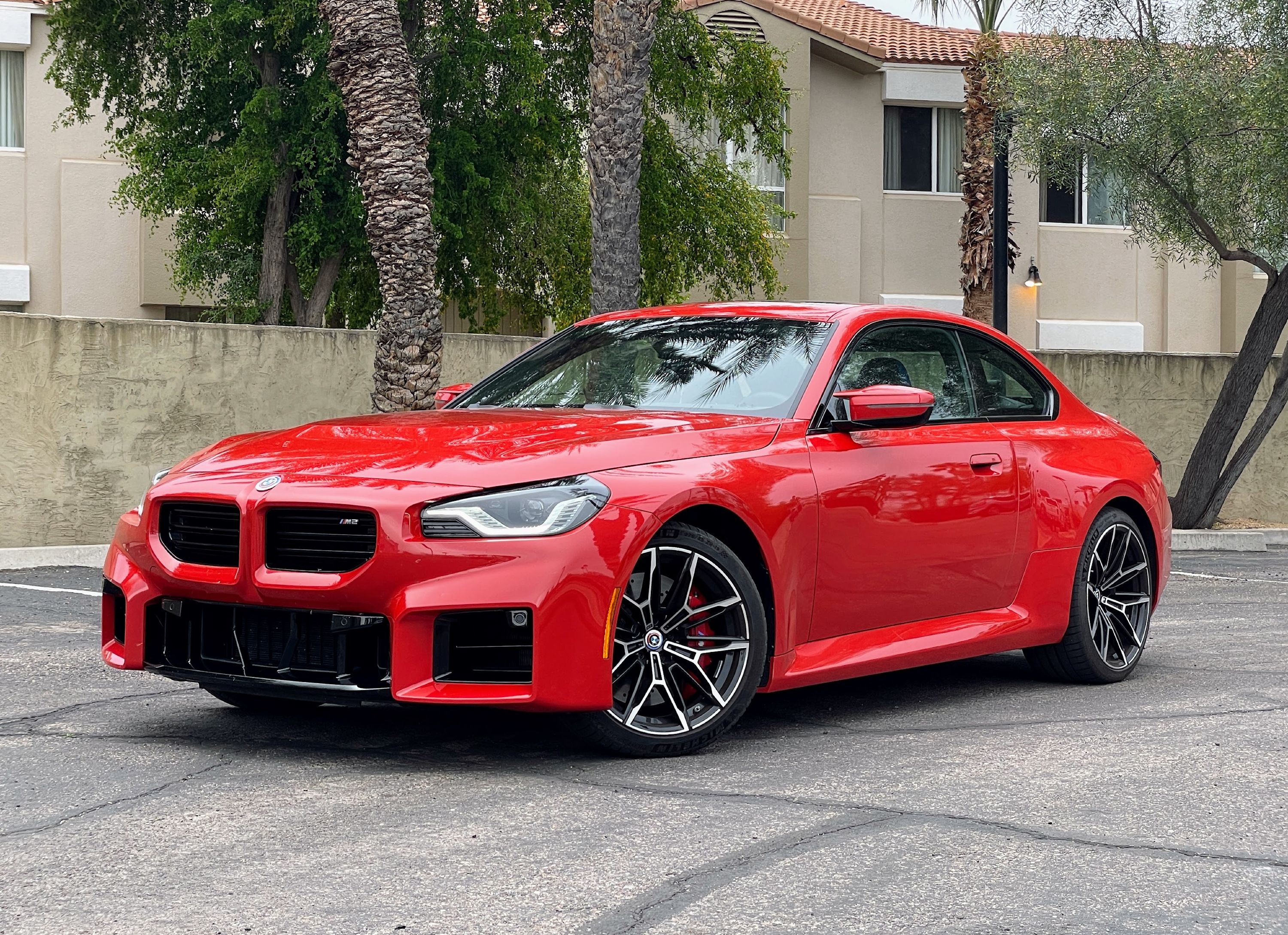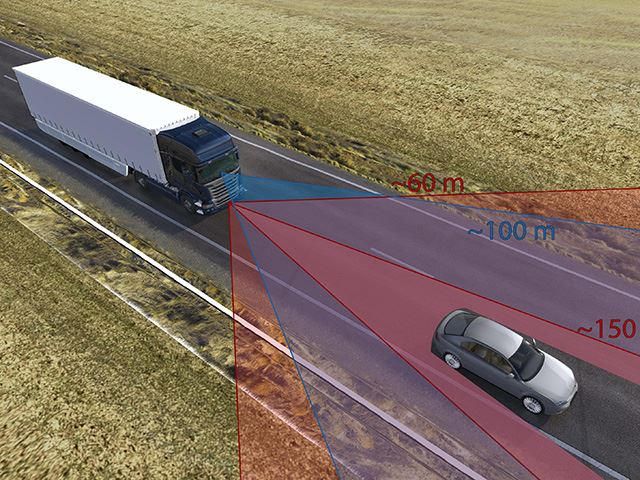
Before the June 3rd attack on London, Volkswagen announced that it was fitting AEB systems, short for Autonomous Emergency Braking, onto its entire van lineup including the Caddy, Transporter, and Crafter vans. We may not see many of these models in the US, but we do get AEB systems, the increasing prevalence of which has the potential to save lives by literally stopping terrorists in their tracks. The UK's Telegraph even postulates that it could have mitigated or entirely prevented Saturday's attack on London.
The systems are tasked with using a front-facing scanners to "see" the road ahead. If they detect a stopped vehicle in front and no braking action on the part of the driver, the AEB system begins by alerting the driver before applying the brakes, either stopping the vehicle before a crash happens or slowing it enough to mitigate the damage. The thing is that these systems don't discriminate the objects in front and can be engaged when anything from a barrier to a person is in harm's way. With the increase in terrorist attacks where trucks are used as the main weapon, AEB systems seem to have a new role to play, that of an effective tool in the way against terrorism.
In fact, these systems have already proved to work during other terrorist attacks, most notably during December's attack on a Christmas market in Berlin, Germany. Armed with a Scania R450, the attacker was attempting to replicate the deadly strike on Nice, France that killed 86 people. Thing is, that Scania truck was built after 2012 and therefore was subject to European laws requiring AEB systems on all commercial semi trucks. While the pinned throttle probably overrode the AEB system at first, it cut in after impact and stopped the truck 265 feet after the attack began, likely saving dozens of lives. Unlike the Scania, the Renault Master used in the attack on London only had an emergency brake assist system.
It differs from AEB in the fact that it only amplifies the brake input when it thinks a crash is imminent, meaning that if the driver doesn't touch the brake, the system is pretty much useless. If the vehicle was fitted with AEB, it's likely that the attack would have been halted almost immediately after it began. While some researchers are weary of autonomous vehicle technology because of its hackability, which could give terrorists more tools of attack, AEB and systems like it go to show that autonomy can also be used to save lives whether in a car accident or in a terrorist attack.

